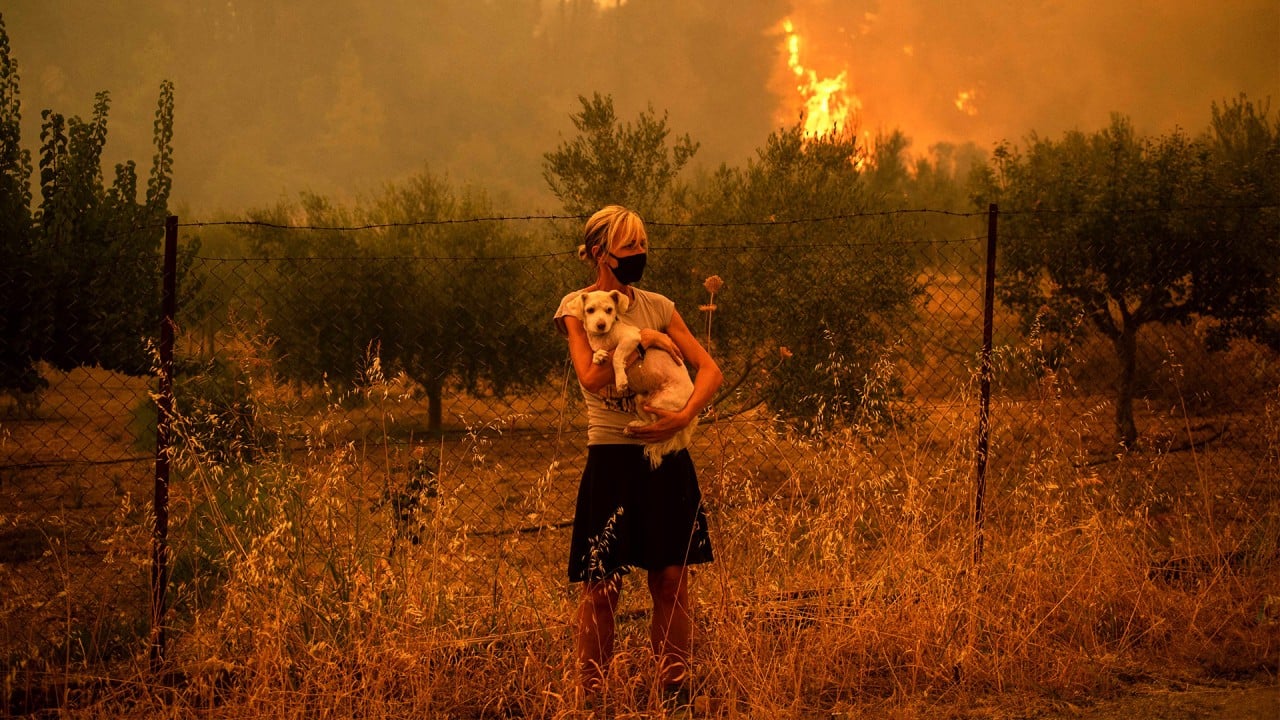The View | How to strengthen Asia-Pacific resilience as climate disasters intensify
- With climate risks set to cost the region up to US$1.3 trillion a year, and most countries still ill-prepared for overlapping crises, more must be done to ensure populations and infrastructure are more resilient

Over the past two decades, the Asia-Pacific region has made remarkable progress in managing disaster risk. But countries can never let down their guard. The Covid-19 pandemic, with its epicentre now in Asia, and all its tragic consequences, has exposed the frailties of human society in the face of powerful natural forces.
Asian and Pacific countries have reported more than 65 million coronavirus cases and 1 million deaths. This is compounded by the extreme climate events affecting the world.
Heatwaves, and the related biological hazards in particular, are expected to increase in east and northeast Asia while south and southwest Asia will encounter intensifying floods and related diseases.
Over recent decades, fewer people have been dying as a result of natural hazards such as cyclones and floods. This is partly a consequence of more robust early warning systems and of responsive protection, but also because governments have started to appreciate the importance of dealing with disaster risk in an integrated fashion rather than just responding on a hazard-by-hazard basis.

